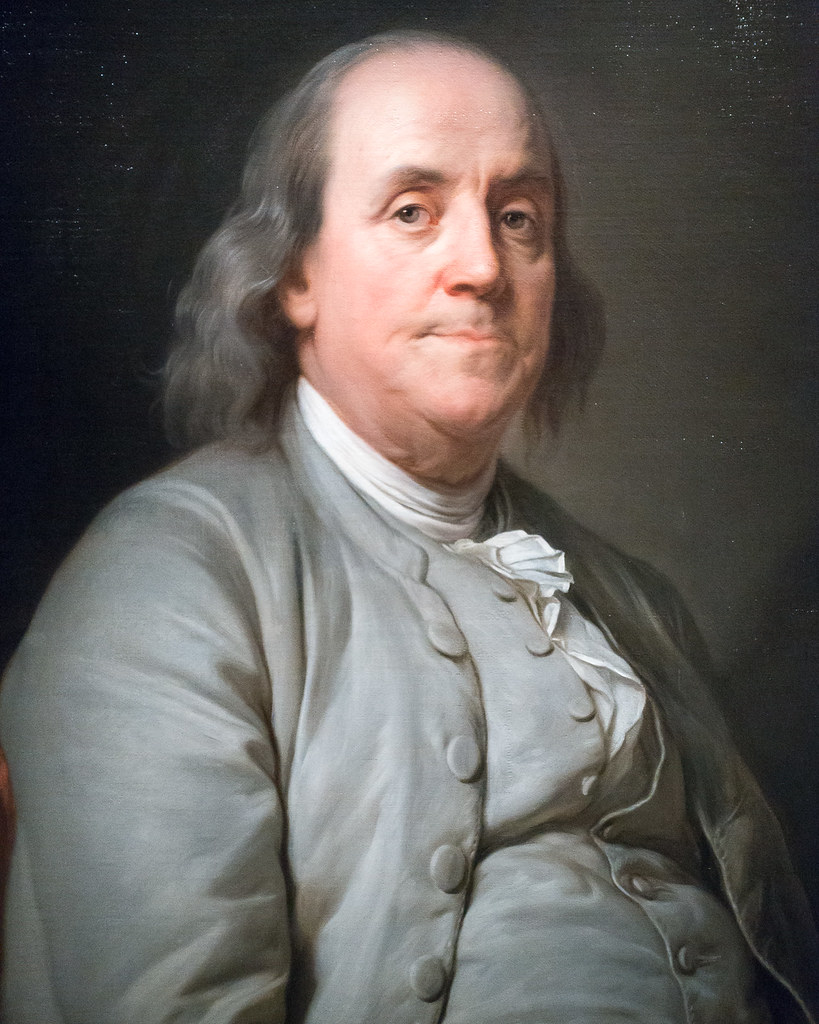Benjamin Franklin may be one of the most interesting people in modern history. Born into poverty, leaving school aged 10, he then became a famed president, inventor, thinker, and writer.
His story of teaching himself to write may be a little famous too. Franklin, without a teacher, and with very little formal schooling, was determined to be a great writer. With the spirit of early American pioneers, and his signature industriousness, he would teach himself to write and go onto to reach great heights.

‘The Spectator’ was Franklin’s magazine of choice. In their polished English prose, he saw the writing he aspired to compose. And yet, he also recognised his very limited vocabulary and error strewn sentences.
Stung into action by his father’s criticism that his writing was “far short in elegance of expression, method, and perspicuity”, as a determined teen he would set himself the task of teaching that leaves us with ample interest for teachers and would-be writers today.
Learn to Write Brilliantly like Benjamin
Franklin had three different but related strategies to learn how to write like a professional.
- Imitating Mentor Texts
First, he would read great quality articles from his copies of ‘The Spectator’. Then he would test his knowledge and memory for those writerly moves:
“I took some of the papers, and, making short hints of the sentiment in each sentence, laid them by a few days, and then, without looking at the book, try’d to compleat the papers again, by expressing each hinted sentiment at length, and as fully as it had been expressed before, in any suitable words that should come to hand. Then I compared my Spectator with the original, discovered some of my faults, and corrected them.”
‘Autobiography and Other Writings’ by Benjamin Franklin
This ‘text reconstruction’ has the ingredients of memorable, deliberate practice. By imitating the stylish articles, forcing a little forgetting (deploying what cognitive scientists may term as a ‘spacing‘), Franklin would come to remember powerful vocabulary and to pick up the patterns of the type of writing he would go onto imitate and ultimately surpass.
2. Style Switches
Franklin’s second strategy to teach himself how to write successfully was translating prose to poetry, and back again. This strategy could have come straight from Ancient Rome when it was a commonplace approach. Why shift from prose articles to poetry?
Franklin himself described his approach:
“Therefore I took some of the tales in the Spectator, and turned them into verse; and, after a time, when I had pretty well forgotten the prose, turned them back again.[. . .] By comparing my work with the original, I discovered many faults, and corrected them”
‘Autobiography and Other Writings’ by Benjamin Franklin
Translating prose articulated into poetry, with its regular rhythms and strict structures, to force Franklin to choose different, more fitting vocabulary. Once more, it would give him purposeful – no doubt laborious – practice to work with language, sentence structures, and the subtle rhythms a writer learns over a time.
3. Reconstructing writing
Finally, Franklin’s third approach was to focus on crafting a well-structured piece of writing. He was again assert his own degree of difficulty – to make the practice hard, but worth it – by jumbling up his sentence notes to force him into restructuring entire texts. He would have to consider the regular patterns, and parts, of texts.
What approaches for learning how to write well still apply today?
A key approach Benjamin took was undertaking shedloads of purposeful practice. He didn’t ingrain errors of freestyle attempts. Instead, he set himself challenges tasks the forced him to consider word choices, sentence choices, and whole text structures. If writing is a game of chess, he focused on the most important moves in the game with deliberateness.
Another key ingredient was imitation. They say great artists steal – well great writers imitate. Collecting good examples of writing, copying them out, forgetting them, remembering them. All this focus on model writing can make a positive difference.
Playing with words, mastering model texts, manipulating sentences, and remembering their intricate patterns, as well as strengthening his sense of structure of a piece of writing. All these moves are relevant to modern day writing practice as they were when a teenage Franklin was practising endlessly by candlelight in 1719.
